10:40 am - 12:00 pm | Room: Pretium Room | Session Chair: David DeRose
Energy-efficiency upgrades of existing buildings offer substantial energy and greenhouse gas emission reductions. Infrared thermography (IR) of the building envelope is a non-destructive test that can target retrofit actions and motivate energy efficiency improvements. However, the traditional way of implementing IRT surveys is time-consuming and costly. Furthermore, the conventional infrared surveys disturb the buildings' occupants and often miss inaccessible areas such as the roof. Moreover, there is a lack of tools to calculate and quantify the building's exterior energy loss utilizing thermal imaging.
The new technology developed by QEA Tech uses advanced drones equipped with thermal and visual imaging systems to fly around the building in preplanned trips and scan the building's exterior in thermal and visible spectrums of thousands of images. Obtained data is fed into patented thermal image analysis software developed by QEA Tech to identify and quantify the energy loss on the envelope and calculate the thermal transmittances (U-Value). Also, the drone dataset is analyzed to produce 3D geometry models with geo-localization information of the building with an accuracy of a few centimeters.
This study investigates and demonstrates the accuracy of the new QEA technology through the comprehensive modelling of the existing office building. The achievement of this goal included the following steps. First, we developed a detailed whole-building energy model of the existing office building in EnergyPlus using as-built documentation and compared its predictions against the energy data. Second, the U-values defined from the as-built drawings are corrected using values calculated by the new QEA technology. Finally, the model's predictions are compared again to the energy data. The results show that using U-values from the novel drone technology improves the developed model's accuracy. In this respect, the corrected building model was able to predict the monthly energy consumption with a Cumulative Variation of Root Mean Square Error (CV(RMSE)) values below 15% and Normalized Mean Bias Error (NMBE) less than 5%. These findings suggest that the new QEA technology and innovative approach can significantly accelerate and automate the simulation process and ultimately lead to an accurate estimate of the optimal energy-efficiency retrofit of Canada's existing commercial buildings.

Yasaman is a Ph.D. student in Civil Engineering at the University of Ottawa under the supervision of Dr Miroslava Kavgic. Her research interests include building energy modelling, energy-efficient building retrofit strategies, optimization, human thermal comfort, renewable energy, and clean energy.
You can reach Yasaman at ydadr066@uottawa.ca or through LinkedIn at https://www.linkedin.com/in/yasaman-dadras-7b60991a3/ .
Diamond Sponsor

Emerald Sponsor

Emerald Sponsor
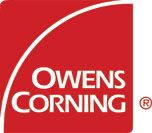
Emerald Sponsor

Emerald Sponsor
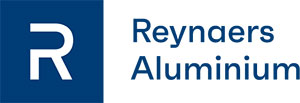
Emerald Sponsor

Gold Sponsor

Associate Sponsor

Silver Sponsor

Silver Sponsor
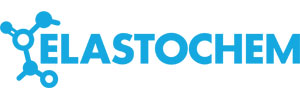
Silver Sponsor

Silver Sponsor

Bronze Sponsor

Bronze Sponsor

Bronze Sponsor

Bronze Sponsor

Bronze Sponsor
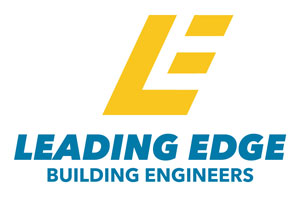
Bronze Sponsor

Bronze Sponsor

Bronze Sponsor
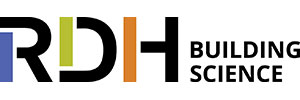
Bronze Sponsor
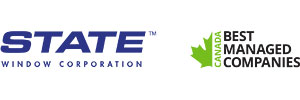
Bronze Sponsor
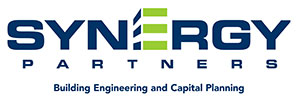
Bronze Sponsor

Bronze Sponsor

Bronze Sponsor
